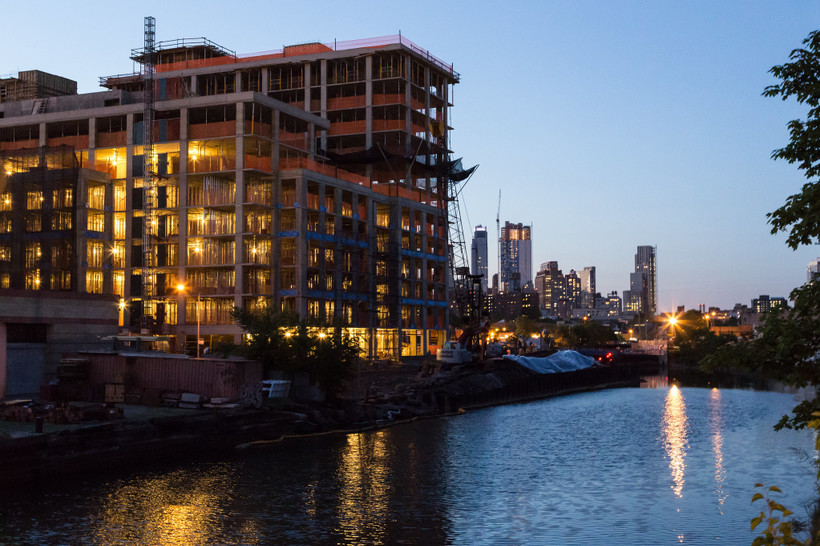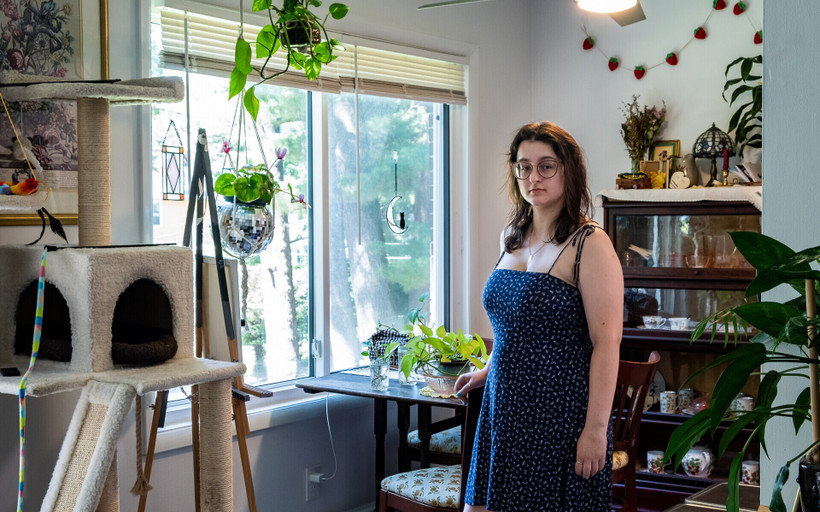Hochul’s Proposed 421-A Replacement Is In For a Fight, Key Lawmakers Signal
“By April 1, it will be out or modified. It will not be this program,” one legislator predicted.

This article has been updated to include a new statement from the mayor's office.

Before Kathy Hochul paused it, the tolling program lost the little labor support it had when the Transport Workers Union withdrew its backing this spring.
More counties are turning to private corporations to run medical care in jails. The companies have deadly track records.
Rebecca Lamorte was let go by her employer in June, prompting the Assembly Speaker to place an upset call to her boss.
No state pursues workers for overpaid unemployment benefits as aggressively as New York. A proposed reform is colliding with New York’s own repayment problem.
A quarter of lawmakers in Albany are landlords. Almost none of them are covered by the most significant tenant protection law in years.
It’s the first step New York has taken to address its housing shortage in years — but tenant groups are fuming and real estate wants more.
After the governor declined to answer questions, a New York Focus reporter was ejected from her event.
The constant gridlock is a major drag on Manhattan’s businesses, and source of frustration for commuters. And it’s never been so bad.
Lawsuits had threatened to kill congestion pricing. Now, it might take a lawsuit to save it.
For tenants in the first upstate city to adopt rent stabilization, benefiting from the law’s basic protections is an uphill battle.
Advocates charge that New York’s restrictions for sex offense registrants are “vague, expansive, and unnecessary.” On Tuesday, they filed a federal lawsuit to strike them down.
As real estate developers resist wage guarantees and try to roll back tenants’ rights, a potential budget deal is at an impasse.



